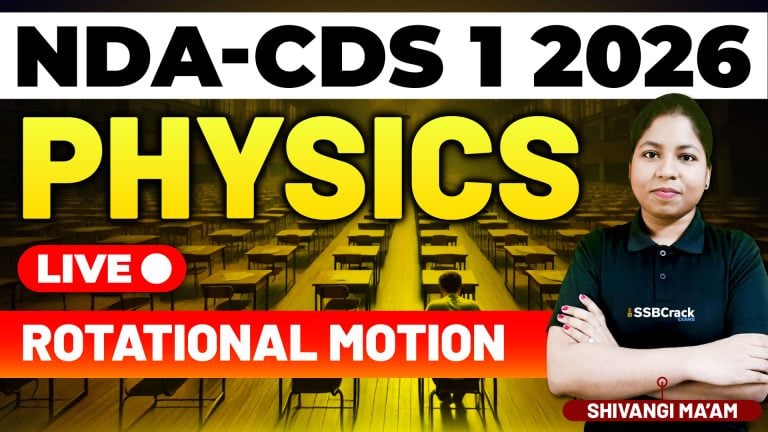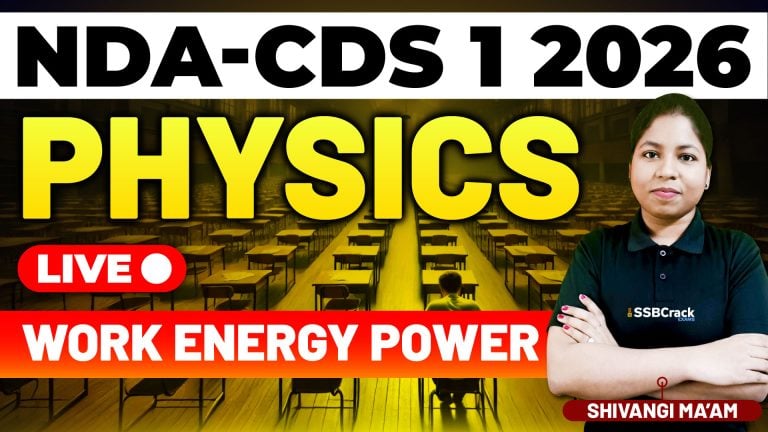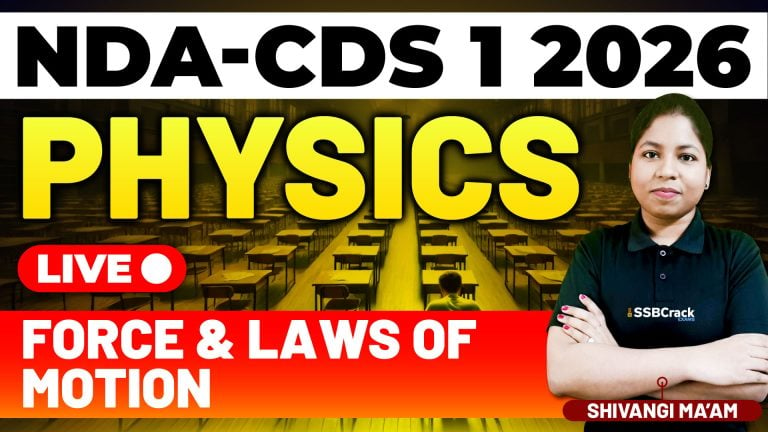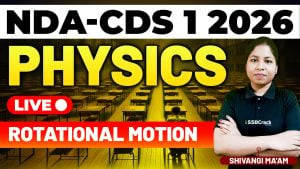In preparation for competitive exams like the Combined Defence Services (CDS) and Air Force Common Admission Test (AFCAT), mastering mathematical concepts such as percentages is crucial. In a recent class, we focused on solving multiple-choice questions (MCQs) based on the topic of percentages. This blog will provide an overview of the class, the concepts covered, the types of questions encountered, and the strategies needed to prepare for percentage-based problems effectively.
Overview of the Class
The class was centered around solving MCQs related to percentages, a topic that appears frequently in the maths sections of both the CDS and AFCAT exams. These MCQs tested various aspects of percentage calculations, such as percentage increase and decrease, percentage of a number, and real-world applications like discounts, population changes, and cost appreciation or depreciation.
The class was designed to mimic the exam environment, where time pressure is a critical factor. Each question was presented with multiple choices, and students were given limited time to solve each one. After completing the questions, we reviewed the solutions and discussed the common pitfalls and shortcuts that can be applied to solve percentage problems efficiently.
Key Concepts Covered
The class covered several essential sub-topics within the broader percentage topic, which are critical for the CDS and AFCAT exams. Here’s a breakdown of each:
- Percentage of a Number
This type of question requires you to calculate a percentage of a given number, which is a foundational concept. For example, questions often ask for a specific percentage of a large number, testing your ability to perform quick mental calculations or use efficient strategies to solve such problems under time constraints. - Percentage Increase and Decrease
A significant portion of the class focused on percentage changes, particularly increase and decrease problems. These questions commonly appear in scenarios involving price changes, population growth, or reductions in value. Understanding how to calculate and interpret these changes is vital for success in the exam. - Successive Percentage Changes
Another type of question involves successive percentage increases or decreases, which can be tricky without the right approach. These problems often relate to real-world contexts, such as successive discounts in a store or changes in population over multiple years. - Cost and Population Depreciation and Appreciation
Depreciation and appreciation were also covered in detail. These questions are based on the reduction or increase in value over time, which often involve multi-step calculations. For example, a machine’s value may depreciate by a fixed percentage each year, and you may be asked to determine its value after a certain period. Similarly, population appreciation problems may ask for the new population size after a certain growth rate is applied over several years. - Real-Life Application Problems
Many percentage problems in the CDS and AFCAT exams are framed in real-life scenarios. The class included MCQs that mimicked real-world situations, such as calculating discounts, determining profits and losses, and working with salary increases or cost reductions. These types of questions not only test your understanding of percentages but also your ability to apply them in practical contexts.
Strategies for Mastering Percentage-Based MCQs
Preparing for percentage-based questions in competitive exams requires a targeted strategy. Here are some key techniques that were emphasized during the class:
1. Familiarize Yourself with Common Percentage-Fraction Equivalents
One of the simplest ways to speed up your percentage calculations is by memorizing common percentage-fraction conversions. For example:
- 50% is equivalent to 1/2
- 25% is equivalent to 1/4
- 75% is equivalent to 3/4
These conversions help you quickly solve percentage problems without needing to do complex calculations. Knowing these equivalents by heart is especially useful in timed exams where speed is critical.
2. Use Approximation Techniques When Possible
Approximation can be a lifesaver when you’re under time pressure. Often, you won’t need an exact answer, and using approximations can help you eliminate incorrect options. For instance, if you’re asked to find 49% of a number, approximating it to 50% and calculating quickly can give you a rough estimate to choose the right answer.
3. Understand the Use of Percentages in Real-World Scenarios
As many percentage questions in exams are set in practical contexts, practicing word problems that involve real-world applications is essential. For example, questions about discounts, price hikes, or population growth can often appear. Regular practice with these kinds of questions will help you interpret the information correctly and apply the appropriate percentage formulas.
4. Work on Speed and Accuracy
Since MCQs are typically timed, speed is a crucial factor. During the class, we focused on solving percentage problems within a short time frame to simulate exam conditions. Practicing under timed conditions is essential for building both speed and accuracy. You can work on this by setting a timer when practicing MCQs at home, ensuring you can handle the time pressure of the real exam.
5. Avoid Common Pitfalls
There are certain traps that percentage questions can set. For instance, questions that involve successive percentage changes might seem straightforward but often confuse students. Always read such questions carefully to ensure you apply the correct method. Successive percentage changes are not simple additions or subtractions; they involve compounded effects that need proper calculation.
6. Use Elimination Techniques in MCQs
When solving MCQs, especially under time pressure, elimination techniques can be highly effective. By ruling out options that are clearly too high or too low, you can narrow down your choices, increasing your chances of picking the right answer. This approach was highlighted during the class, where we practiced identifying and eliminating incorrect options to focus on the most likely answers.
7. Break Down Complex Problems
Complex percentage problems may involve multiple steps, especially when successive percentage changes or multi-part questions are involved. Breaking these problems down into smaller, manageable steps is essential for clarity and accuracy. In the class, we reviewed how to approach such problems logically and step by step to avoid errors.
8. Solve Past Papers and Mock Tests
One of the best ways to prepare for percentage questions in the CDS and AFCAT exams is by solving past papers and mock tests. This will not only familiarize you with the type and difficulty level of questions but also help you improve your time management skills. During the class, students were encouraged to regularly practice past exam questions to identify any weak areas and strengthen their understanding of percentage concepts.
Conclusion
The class on solving percentage-based MCQs for the CDS and AFCAT exams was highly productive, offering insights into the types of questions you can expect and the strategies you need to master the topic. Percentages form a core part of the maths sections in both exams, and having a strong command over them is essential for success.
By focusing on key sub-topics such as percentage increase and decrease, real-world applications, and successive changes, and by practicing regularly under timed conditions, you can build both speed and accuracy. Memorizing common percentage-fraction equivalents, using approximation techniques, and applying elimination methods in MCQs will also give you an edge.
With consistent practice and a clear strategy, percentage-based questions will become easier to tackle, helping you secure valuable marks in the CDS and AFCAT exams. Good luck!



















